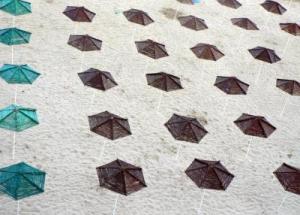“I don’t do ‘Happy Birthday, dear disease' stories.” That’s how Don McNeil, Jr. of the New York Times opened “How to be an effective science PIO in the changing media world.” It was standing room only as three PIOs and two journalists swapped advice at the session.
“News tips” on diseases of the month just aren’t what journalists want, McNeil explained. What do they want? “New ideas, unusual angles, and human stories,” said McNeil.
With a directness and humor that prompted one audience member to ask, “Where were you during last night’s Science Cabaret?” McNeil offered PIOs tips. If you’re pitching a diarrhea story, get a fresh angle on diarrhea. Don’t pretend to have the cure for AIDS unless you really do. And if you have a story with an engaging personal angle or something that trumps conventional wisdom, all the better.
Ivan Oransky of Reuters Health followed that with some do’s and don’ts. First, figure out what’s of interest to a journalist or publication. Use that to decide which stories to pitch to whom. And don’t follow an emailed press release with a phone call. Also, convince your researchers not to talk in jargon, and tell them to return journalists’ calls by deadline.
It’s about trust, trust, trust. Don’t embargo studies that are already published. Don’t ask some journalists to agree to an embargo that you let someone else break. And establish a relationship with a journalist before sending embargoed stuff — otherwise, they’ll have no obligation to uphold it. See Embargo Watch for more on tricky embargo situations.
Finally, send stuff of interest even if it isn’t from you institution—it goes a long way toward building trust.
Stay tuned for a post from Renee Twombly about what the PIOs had to say at the session.




